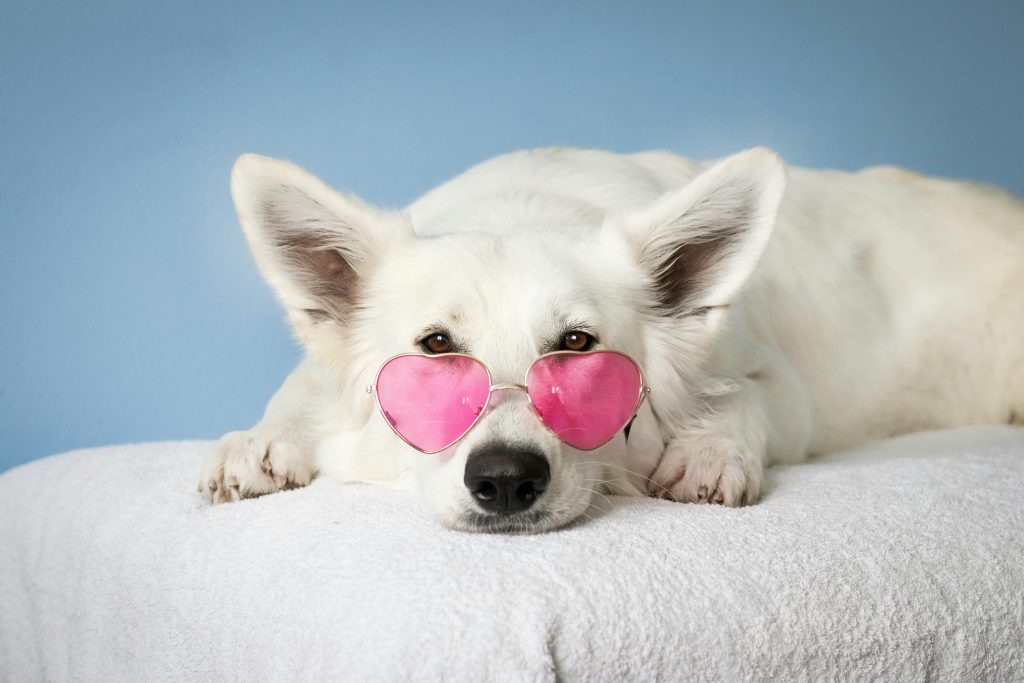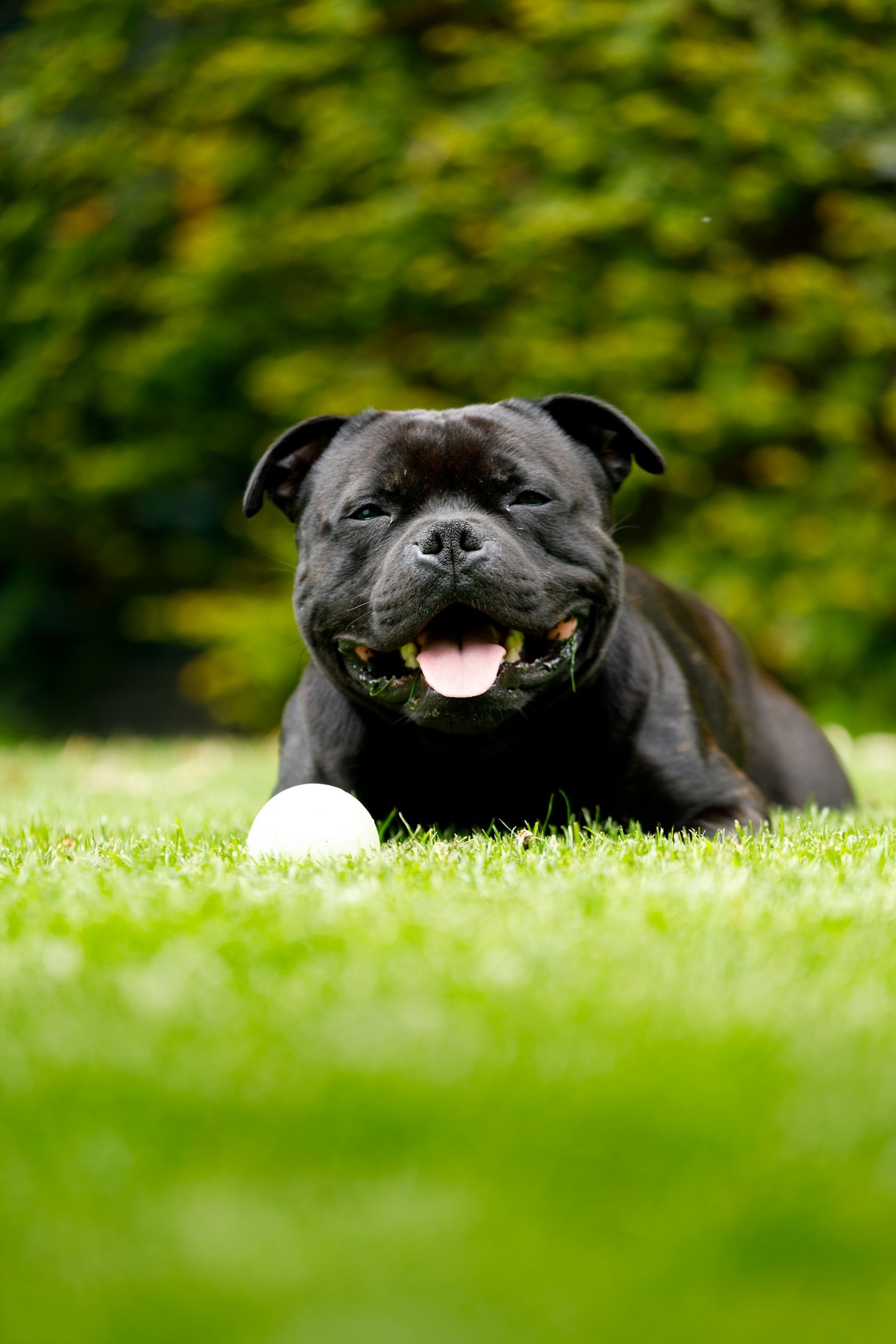
How to Create a Calm Environment for Pets: Expert Tips!
Creating a calm environment for pets isn’t just a luxury—it’s essential for their emotional and physical well-being. Whether you’re a pet parent or manage a pet-care facility, reducing stress and anxiety in animals can lead to better behavior, stronger bonds, and improved overall health.
From soothing surroundings to low-stress handling techniques, simple changes in how you interact with and care for pets can make a world of difference. In this guide, we’ll walk you through expert-backed strategies to help your furry companions feel safe, secure, and relaxed—no matter where they are.
Why Calm Environment for Pets Matters?
Stress in animals isn’t just uncomfortable—it’s unhealthy. It can trigger fear-based behaviors, reduce a pet’s immunity, and make everyday tasks like grooming, bathing, or administering medication a nightmare. Whether you’re trimming nails or managing a boarding kennel, applying low-stress handling techniques helps build trust and reduces fear.
Understanding Low-Stress Handling: At Home and in Clinics!
Low-stress handling is the art of interacting with pets in ways that minimize fear, anxiety, and stress (FAS). It begins with recognizing a pet’s body language and responding in a calm, respectful manner.
Recognize Stress Signals!
Pets communicate distress through subtle cues. Watch for:
- Tail Tucking
- Pacing or trembling
- Lip licking or yawning
- Ears pinned back or eyes wide
- Attempts to hide or escape
When you notice these, pause. Allow your pet time to regroup.
Core Low-Stress Handling Techniques!
- Stay Calm: Your energy affects your pet. Move slowly, speak softly, and keep your demeanor relaxed.
- Positive Reinforcement: Reward calm behavior with treats, praise, or affection.
- Desensitization: Gradually introduce pets to stressful stimuli, like grooming tools or medication syringes, pairing them with rewards.
- Use Gentle Restraint: Avoid force. Use techniques like towel wraps for cats or soft leash guidance for dogs.
Handling Cats: Gentle Wins the Game!
Cats are naturally cautious and may become stressed with restraint. Use techniques that preserve their sense of control:
- Towel Wraps: Secure but soft, these help calm and contain without force.
- Slow Movements: Fast gestures can startle. Move slowly and predictably.
- Safe Spaces: Allow cats to retreat to cozy corners during stressful events.
- Treat Distractions: Use favorite treats or toys to redirect attention.
Handling Dogs: Build Trust Through Cooperation!

Dogs often respond to anxiety with resistance. Gentle handling fosters cooperation:
- Leash Control: Use light, steady pressure—never yank.
- Short Sessions: Keep interactions brief, especially when introducing new tasks.
- Breaks Matter: If your dog starts panting or pacing, pause the session.
- Familiar Tools: Let them sniff nail clippers or ear droppers before use.
Low-Stress Grooming & Bathing Tips!
Grooming and bathing don’t have to be battles. Here’s how to ease the process:
- Create Calm Settings: Choose a quiet, well-lit room with no strong odors or loud noises.
- Start Small: Begin with short grooming sessions and build up slowly.
- Use Lukewarm Water: Make sure bath water is comfortable—not too hot or cold.
- Pair With Rewards: Treats during and after baths help build positive associations.
Administering Medication Without Stress!
Pills, eye drops, or topical creams often spark resistance. Make it easier:
- Pill Pockets: Hide pills in treats designed for the task.
- Distraction Tactics: Use toys or food puzzles during application.
- Gentle Restraint: Hold your pet securely but gently. Never force the interaction.
- Celebrate Success: Always reward your pet afterward.
Creating a Calming Environment in Pet-Care Facilities!
Beyond individual handling, the entire environment of a pet-care facility plays a role in reducing anxiety. Here are some proven techniques:
1. Prioritize Sensory Comfort!
- Use soundproofing or calming music.
- Opt for natural lighting over harsh fluorescents.
- Avoid strong chemical odors—use pet-safe cleaners.
2. Offer Structured Play and Exercise!
Physical activity isn’t just healthy—it’s therapeutic. Offer:
- Supervised group play for social pets
- Solo enrichment for shy or anxious animals
- Regular, predictable exercise schedules
3. Encourage Familiarity and Routine!
- Ask pet parents to bring blankets, toys, or clothing from home.
- Stick to consistent feeding and play times.
- Assign the same caregiver to the same pet when possible.
4. Train Staff in Animal Behavior!
A well-trained staff makes all the difference:
- Teach them to spot early signs of anxiety.
- Encourage calm approaches and positive reinforcement.
- Build trust with pets through consistent, gentle interaction.
5. Thoughtful Facility Design!
- Create quiet zones and rest areas away from high-traffic spots.
- Separate dog and cat areas to minimize cross-species stress.
- Use cozy enclosures and retreat spaces for nervous pets.
6. Add Calming Aids and Services!
Enhance relaxation with:
- Calming pheromone diffusers
- Soothing music or white noise
- Optional massage or relaxation sessions
- Anxiety wraps or calming treats/toys
Final Thoughts: A Calmer Pet Is a Happier Pet!
Whether you’re caring for pets at home or running a professional facility, reducing stress improves not just the animal’s health—but also your bond with them.
Every step you take toward a low-stress environment pays off in trust, comfort, and well-being.
Start today. Recognize the signs. Slow down. Stay gentle. Because when pets feel safe, everyone wins.
FAQs
How long does it take to reduce my pet’s stress levels?
Every pet is different. Some respond to environmental changes quickly, while others need consistent reassurance over weeks or months. The key is to remain patient, consistent, and supportive—over time, your pet will begin to feel more secure.
What should pet-care facilities do to support anxious pets?
A good facility will: Train staff in animal behavior, low-stress handling, Create species-specific quiet zones, Offer structured playtimes and solo relaxation options, Maintain clean, calm, and sensory-friendly environments, Communicate with pet parents about their pet’s needs and routines.
How does exercise help reduce stress in pets?
Physical activity helps burn off excess energy and releases endorphins that naturally reduce stress. Regular playtime and walks also provide mental stimulation, which keeps pets happy and balanced. Tailor exercise routines to your pet’s age, breed, and energy level.
Are there natural remedies or calming products I can use to reduce my pet’s anxiety?
Yes, several pet-safe calming options include: Pheromone sprays and diffusers (like Adaptil or Feliway), Herbal supplements (with vet guidance), Calming collars or pressure wraps, Soothing music or white noise machines, Always consult your vet before introducing any new product.
How can I make grooming and bathing less stressful for my pet at home?
Start by creating a calm, quiet environment. Use lukewarm water, pet-safe products, and avoid restraining your pet forcefully. Keep grooming sessions short, use treats for positive reinforcement, and gradually introduce tools like brushes or nail clippers.
Why is my pet so anxious at the vet or grooming salon?
Pets often associate unfamiliar environments, smells, and handling with past negative experiences. Loud noises, strange people, and new animals can heighten fear. Using low-stress handling techniques, calming aids, and routine visits can help build trust and reduce anxiety over time.


